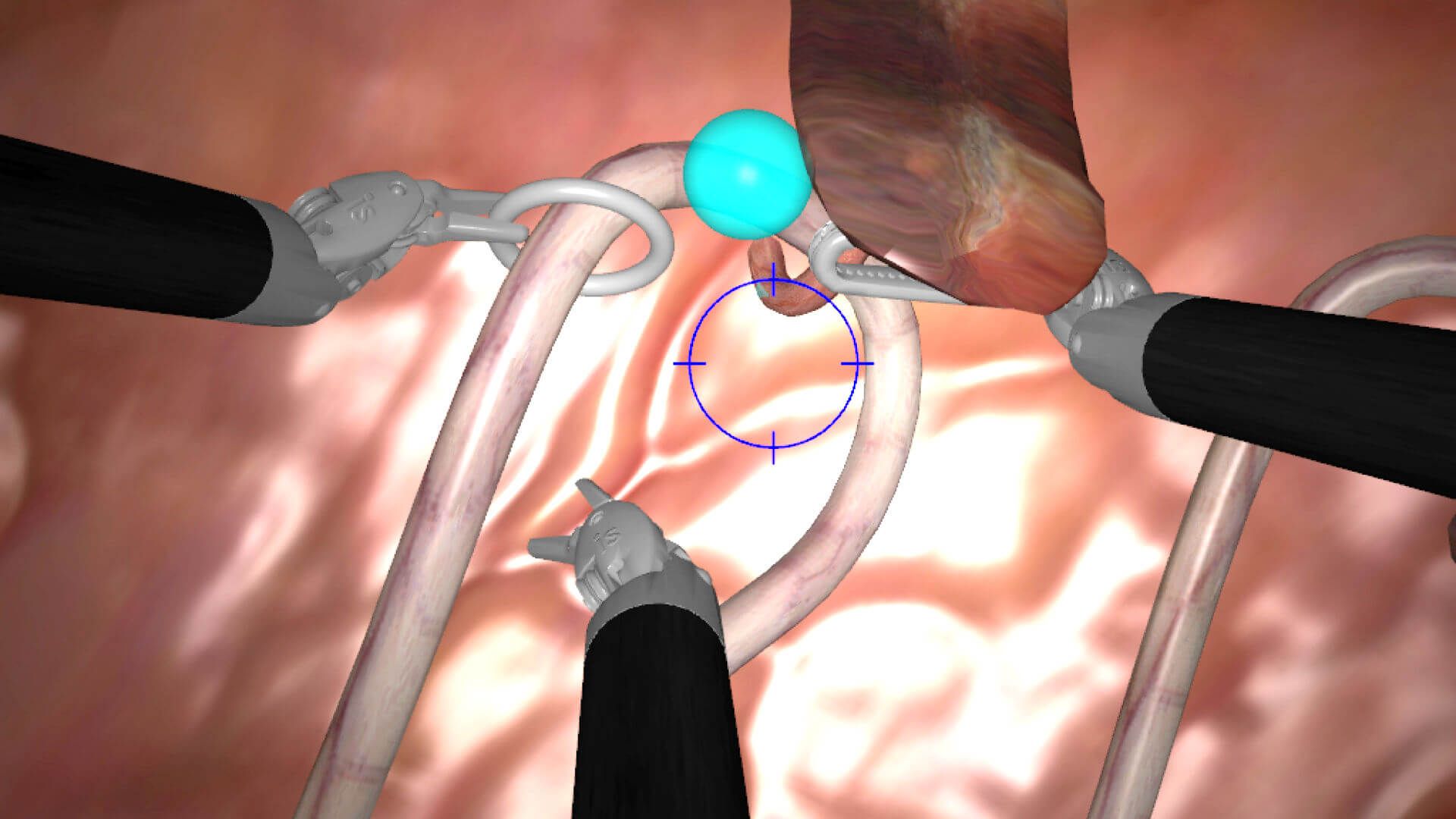Your blood is slightly magnetic.
Get the latest international news and world events from around the world.
Tesla Charges Ahead With Electric Truck and New Roadster
Elon Musk just pulled off a Steve Jobs-ian “one more thing” surprise. https://bloom.bg/2zaIMum

Robots and AI Will Take Over These 3 Medical Niches First
We’re no stranger to robotics in the medical field. Robot-assisted surgery is becoming more and more common. Many training programs are starting to include robotic and virtual reality scenarios to provide hands-on training for students without putting patients at risk.
With all of these advances in medical robotics, three niches stand out above the rest: surgery, medical imaging, and drug discovery. How have robotics already begun to exert their influence on these practices, and how will they change them for good?


Tornadoes Of Sound Can Levitate Physical Objects
This tractor beam breakthrough means humans are one step closer to levitation. (via Seeker)


Bionic device gives you a third thumb
A third thumb may be the beginning of human augmentation.

Strava’s Just the Start: The US Military’s Losing War Against Data Leakage
The Defense Department can’t stop the rising river of of digital metadata — or prevent enemies from dipping into it.
The Pentagon has long wrapped Diego Garcia in a veil of secrecy, barring media from the Indian Ocean island even as its base and airfield became a key node in America’s wars in the Middle East. But a hole appeared in the veil last Saturday, when a mobile fitness-tracking app company called Strava posted a heatmap of its subscribers’ activity — including the routes that sailors and airmen take as they jogged.
“What you saw from the running patterns is exactly what I experienced when I was deployed there five times between 1985 and 1999,” Air Force General Paul Selva, vice chairman of the Joint Chiefs of Staff, recalled in a breakfast with reporters on Tuesday. A heavily secluded jungle trail runs along the island’s western edge, Selva said, perfect for an ambush. “I’ve run it a thousand times. If I had a FitBit, I would have contributed to the map of Diego Garcia.”